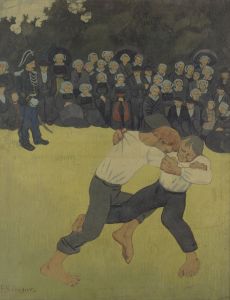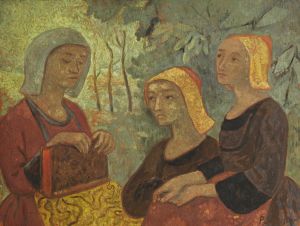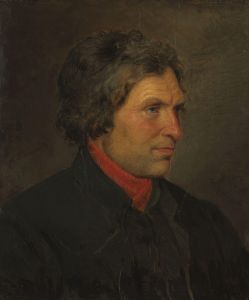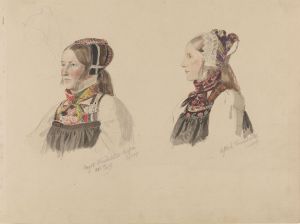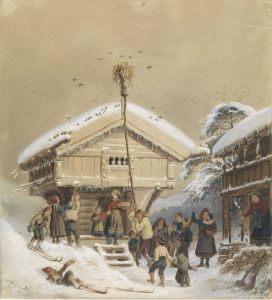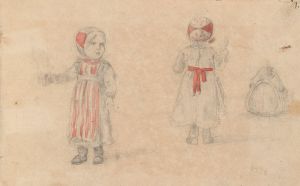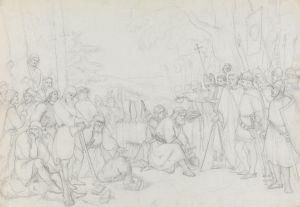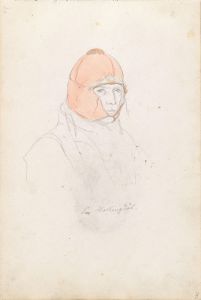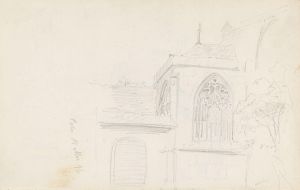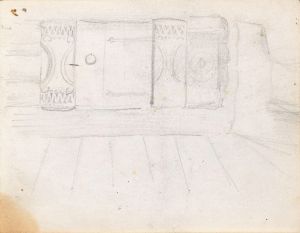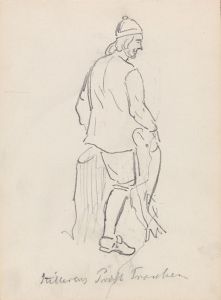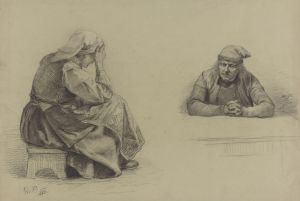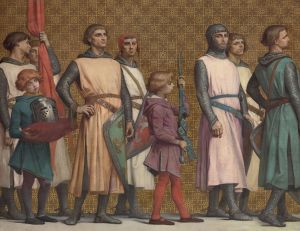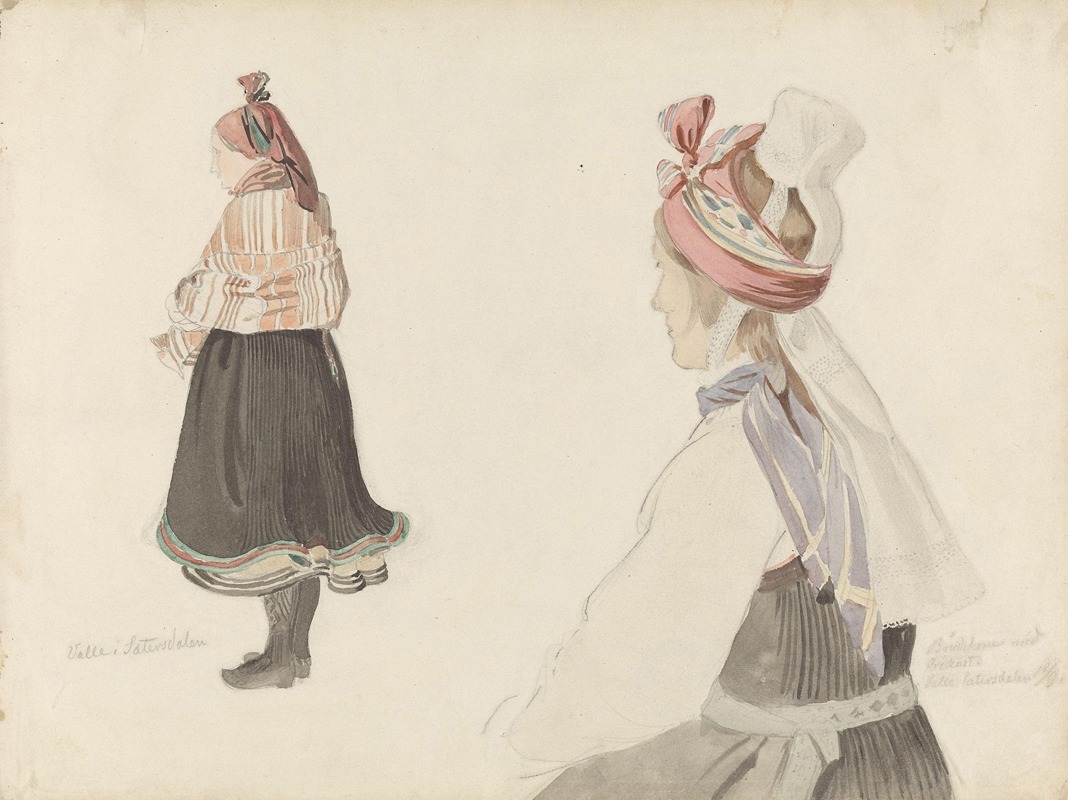
Draktstudier, Valle i Setesdal
A hand-painted replica of Adolph Tidemand’s masterpiece Draktstudier, Valle i Setesdal, meticulously crafted by professional artists to capture the true essence of the original. Each piece is created with museum-quality canvas and rare mineral pigments, carefully painted by experienced artists with delicate brushstrokes and rich, layered colors to perfectly recreate the texture of the original artwork. Unlike machine-printed reproductions, this hand-painted version brings the painting to life, infused with the artist’s emotions and skill in every stroke. Whether for personal collection or home decoration, it instantly elevates the artistic atmosphere of any space.
Adolph Tidemand was a prominent Norwegian painter known for his detailed and evocative depictions of Norwegian rural life and traditions. One of his notable works is "Draktstudier, Valle i Setesdal," which translates to "Costume Studies, Valle in Setesdal." This painting is a part of Tidemand's extensive exploration of Norwegian cultural heritage, particularly focusing on the traditional costumes and daily life of the people in the Setesdal region.
Setesdal is a valley in southern Norway known for its rich cultural traditions and distinctive folk costumes. During the 19th century, when Tidemand was active, Norway was experiencing a national romantic movement, which sought to celebrate and preserve the country's rural culture and history. Tidemand's work was instrumental in documenting and romanticizing these aspects of Norwegian life, contributing to a broader understanding and appreciation of Norway's cultural identity.
"Draktstudier, Valle i Setesdal" is a study of the traditional costumes worn by the inhabitants of the Setesdal valley. These costumes, known as "bunad," are characterized by their intricate embroidery, vibrant colors, and unique designs, which vary from region to region. Tidemand's painting captures the details of these garments, showcasing his skill in rendering textures and patterns with precision and care.
Adolph Tidemand was born on August 14, 1814, in Mandal, Norway. He studied art in Copenhagen and later in Düsseldorf, Germany, where he became associated with the Düsseldorf school of painting. This movement emphasized detailed, realistic portrayals of subjects, often with a focus on historical and genre scenes. Tidemand's education and influences are evident in his meticulous approach to capturing the nuances of Norwegian folk life.
Throughout his career, Tidemand traveled extensively across Norway, gathering inspiration and material for his paintings. His works often depict scenes of rural life, religious practices, and traditional customs, reflecting his deep interest in the cultural and social aspects of Norwegian society. "Draktstudier, Valle i Setesdal" fits within this context, as it serves as both an artistic and ethnographic record of Norwegian folk culture.
Tidemand's paintings, including "Draktstudier, Valle i Setesdal," played a significant role in shaping the perception of Norwegian national identity during the 19th century. By highlighting the beauty and uniqueness of Norway's rural traditions, Tidemand contributed to a growing sense of national pride and cultural awareness. His work remains an important part of Norway's artistic heritage, celebrated for its historical significance and artistic merit.
Adolph Tidemand passed away on August 25, 1876, but his legacy endures through his paintings, which continue to be studied and admired for their contribution to Norwegian art and culture. "Draktstudier, Valle i Setesdal" is a testament to Tidemand's dedication to preserving and honoring the cultural traditions of his homeland, offering viewers a glimpse into the rich tapestry of Norwegian rural life in the 19th century.





